Stay Ahead of the Curve
Latest AI news, expert analysis, bold opinions, and key trends — delivered to your inbox.
ChatGPT's New Visual Skills Are Fueling a Concerning GeoGuessing Trend
3 min read OpenAI’s new models, o3 and o4-mini, are impressively good at guessing locations from photos, sparking a viral trend but also raising privacy concerns. Users are testing them with blurry pics and social media posts, and o3 often nails the spot. OpenAI says it monitors for abuse, but the incident highlights growing risks as AI vision gets sharper. April 18, 2025 09:40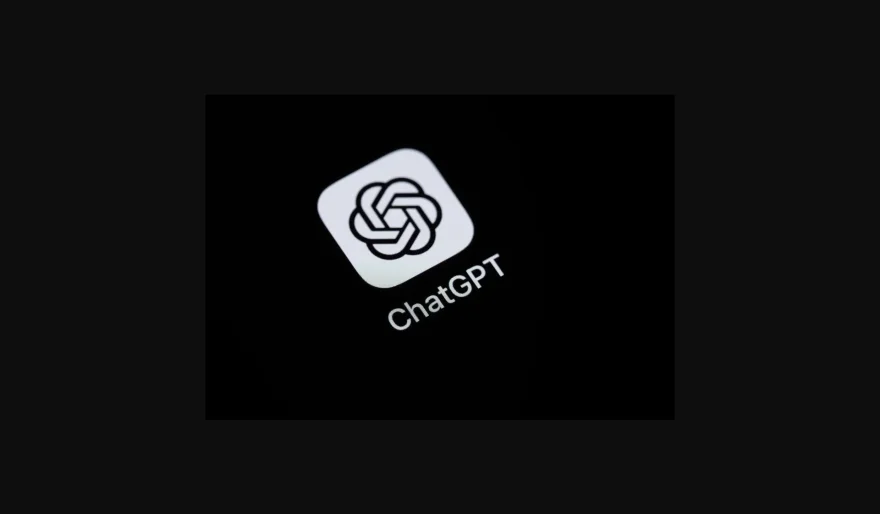
OpenAI's latest AI models, o3 and o4-mini, are drawing attention for their advanced visual reasoning capabilities — but not just in the ways the company expected.
The viral trend:
People are now using ChatGPT like a game of GeoGuessr, feeding it photos and asking the models to pinpoint locations. What’s startling is how well o3 performs: it can deduce cities, neighborhoods, and even obscure bars from minimal or distorted visual clues — no EXIF data or prior memory involved.
Why it matters:
This trend raises serious privacy concerns. Users on X are already uploading Instagram Stories, blurry menus, and street snaps — letting o3 try to reverse-engineer the location. It’s a small step from innocent fun to potential doxxing or stalking risks, especially since no clear safeguards appear to be in place to block this kind of use.
Quick comparisons:
-
TechCrunch tested both o3 and GPT-4o on location guessing. Surprisingly, GPT-4o held its own in many cases, though o3 occasionally pulled ahead — like when it correctly identified a Williamsburg speakeasy from a dim bar photo featuring a mounted purple rhino head.
-
That said, o3 isn’t flawless. It sometimes loops or gives wildly off answers, and users have noted inconsistencies.
OpenAI’s response:
After the story went live, OpenAI provided a statement:
“We’ve worked to train our models to refuse requests for private or sensitive information... and actively monitor for and take action against abuse of our usage policies on privacy.”
Big picture:
The episode is a reminder that more powerful models bring sharper risks, especially when it comes to blending vision and reasoning. As tools like o3 become more ubiquitous, more robust and transparent safeguards will be essential — not just for accuracy, but for protecting people’s privacy in the real world.
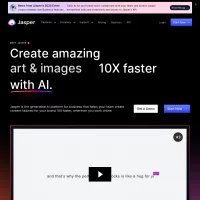



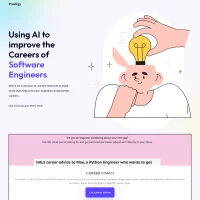








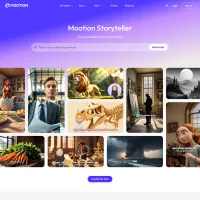




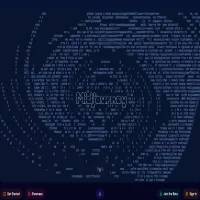
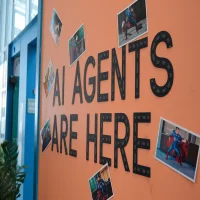 AI Agents
AI Agents